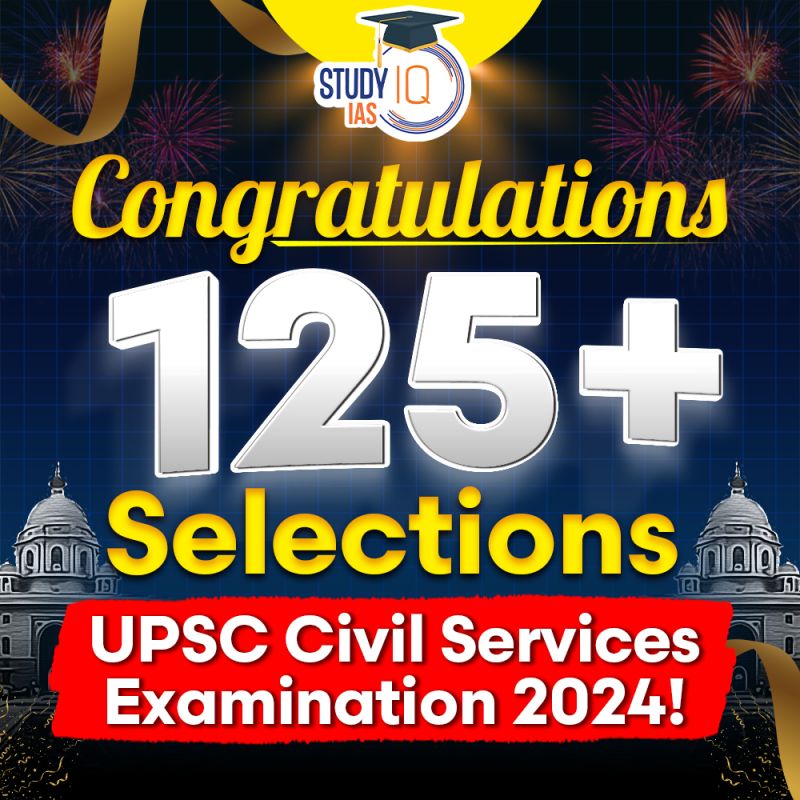Q13. Account for the legal and political factors responsible for the reduced frequency of using Article 356 by the Union Governments since mid 1990s. (15m)
Introduction
Dr. B. R. Ambedkar, while discussing the provisions related to the president’s rule in the constituent assembly observed that the drastic power conferred under Article 356 would remain a ‘dead letter’ and would be used only as a measure of last resort. However, these provisions have became a deadly weapon against those ruling political parties in the states which are different from the one at the centre, particularly after the emergence of regional parties in late 1960’s.
However, the frequency of use of article 356 has reduced after 1990’s due to following factors-
Legal Factors
- SC judgement in SR Bommai case
-
-
- Decision to impose president’s rule was subjected to judicial review
- Floor of the house was made appropriate platform for deciding majority
- Burden of responsibility on the Centre to provide material evidence justifying President’s rule
-
- Judicial activism: Increased judicial activism and judiciary’s emphasis on federalism as a basic structure of the constitution has retrained the central government in misusing the provision of A.356
- Increased Political awareness among citizens: Misuse of A.356 has electoral repercussions.
- Formation of Inter-state councils led to enhanced cooperation between Union and State governments. Subsequent implementation of Sarkaria Commission Report during meetings of ISC has further contributed to decrease in use of A.356
- Rameshwar Prasad Vs Union of India (2006): Power under A.356 is an emergency power and not the absolute power. Such interpretation by the SC has limited the arbitrariness in imposition of presidents
Political Factors
- Active Role of President: E.g. Former President K.R. Narayan returned the cabinet’s recommendation in 1997, to impose President’s Rule in the State of U.P.
- Presence of Coalition Government: The central government during the 1990s was deeply fragmented among several national and regional parties, which influenced decision making and acted as a restraint against usage of article-356.
- Lookout for regional allies: Due to volatile nature of Indian polity and increasing opportunism, the national parties were always on a lookout for regional allies and hence were wary of using Article-356 frequently.
- Following the spirit of Constitutionalism by the Governor: Former Governor of Tamil Nadu, Surjeet Singh Barnala refused to send a report to the Central Government recommending President rule in the state.
Conclusion
These factors collectively emphasise the importance of preserving democratic principles and federalism in India’s political landscape, making the arbitrary use of Article 356 less frequent and more challenging. Federal spirit of the constitution needs to be protected with a collaborative and cooperative approach between Union and state governments.
Check out the UPSC Mains GS Paper 2 2023 Analysis with detailed expatiation of the topics of Mains GS Paper 2 By the Study IQ Experts

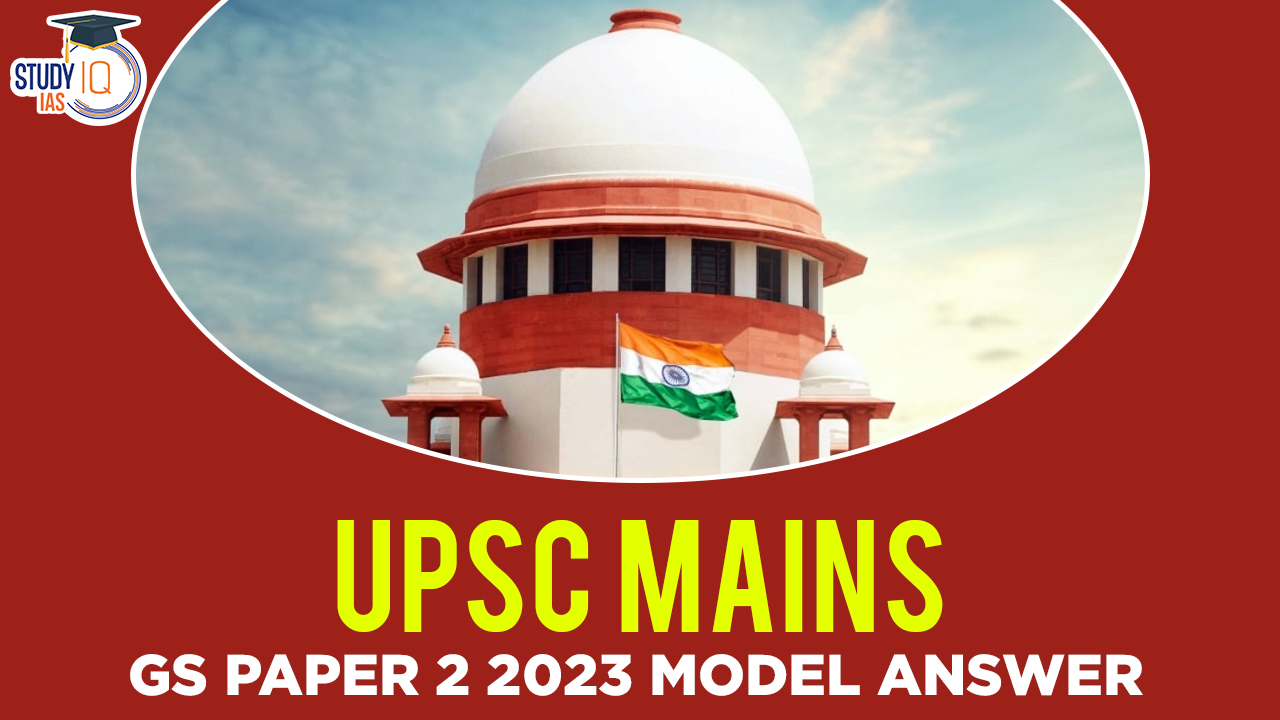
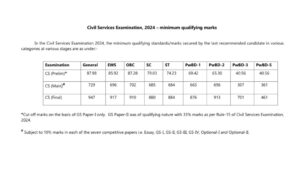 UPSC Cut Off 2025 Released: Check Prelim...
UPSC Cut Off 2025 Released: Check Prelim...
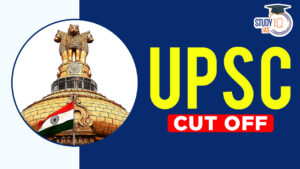 UPSC Cut Off 2025 Released, Get Prelims,...
UPSC Cut Off 2025 Released, Get Prelims,...
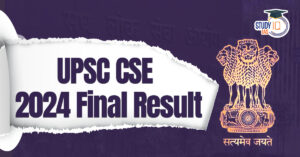 UPSC Final Result 2025 Out: Download Mer...
UPSC Final Result 2025 Out: Download Mer...

